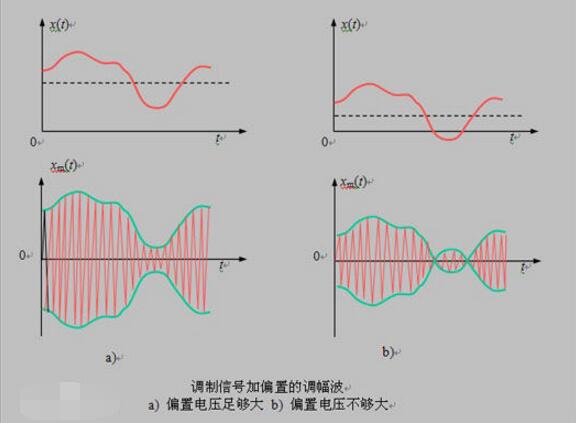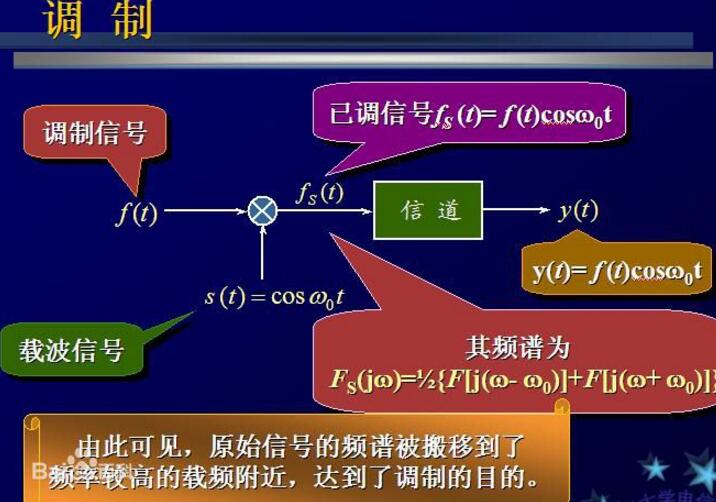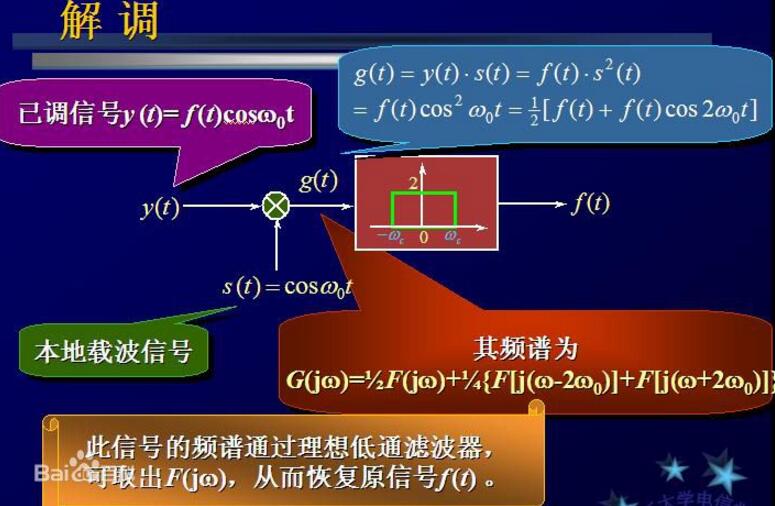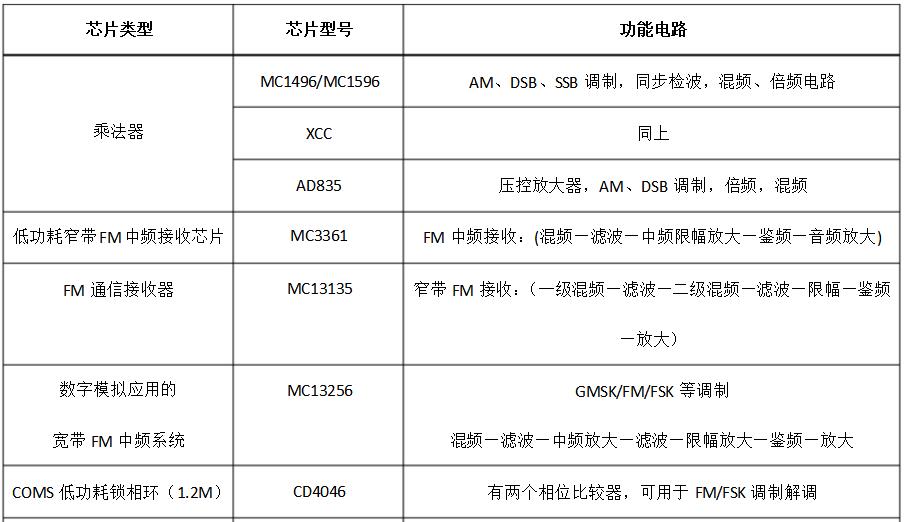Modulation is to use the baseband signal to control the change of one or several parameters of the carrier signal, and the information load is used to form the modulated signal transmission, and the demodulation is the inverse process of the modulation, and the parameters of the modulated signal are determined by a specific method. The original baseband signal will be restored during the change.
Purpose of modemThe purpose of modulation is to transform the analog or digital signal to be transmitted into a signal suitable for channel transmission, which means that the baseband signal (source) is converted into a very high frequency bandpass signal relative to the baseband frequency. This signal is called a modulated signal and the baseband signal is called a modulated signal. Modulation can be achieved by varying the amplitude, phase or frequency of the carrier with a high frequency carrier as the signal amplitude changes. The modulation process is used at the origin of the communication system. At the receiving end, the modulated signal needs to be restored to the original signal to be transmitted, that is, the process of extracting the baseband signal from the carrier for predetermined recipient (sink) processing and understanding. This process is called demodulation.

There are many types of modulation, and the classification methods are also inconsistent. According to the form of the modulation signal, it can be divided into analog modulation and digital modulation. Modulation with analog signals is called analog modulation; modulation with data or digital signals is called digital modulation. According to the type of signal to be modulated, it can be divided into pulse modulation, sine wave modulation and intensity modulation (such as for incoherent light modulation). The modulated carriers are pulses, sine waves, light waves, and so on. Sine wave modulation has three basic modes: amplitude modulation, frequency modulation and phase modulation. The latter two are collectively called angle modulation. There are also some variations in modulation, such as single sideband amplitude modulation, vestigial sideband amplitude modulation, and so on. Pulse modulation can also be classified in a similar manner. In addition, there are composite modulation and multiple modulation. Different modulation methods have different characteristics and performance.
Demodulation is the process of recovering a message from a modulated signal carrying a message. In various information transmission or processing systems, the transmitting end modulates the carrier with the message to be transmitted, generating a signal carrying the message. The receiver must recover the transmitted message in order to utilize it. This is demodulation.
Demodulation is the inverse of modulation. The modulation method is different and the demodulation method is different. Corresponding to the classification of modulation, demodulation can be divided into sine wave demodulation (sometimes called continuous wave demodulation) and pulse wave demodulation. Sine wave demodulation can be further divided into amplitude demodulation, frequency demodulation, and phase demodulation. Similarly, pulse wave demodulation can also be divided into pulse amplitude demodulation, pulse phase demodulation, pulse width demodulation, and pulse code demodulation. Multiple modulation is required for multiple modulation.
Demodulation methods include sine wave amplitude demodulation, sine wave angle demodulation, and resonance demodulation techniques.
According to the modulation method, it can be divided into two categories: linear modulation and nonlinear modulation. Linear modulation includes amplitude modulation (AM), suppressed carrier double sideband amplitude modulation (DSB-SC), single sideband amplitude modulation (SSB), and vestigial sideband amplitude modulation (VSB). Non-linear amplitude modulation has strong anti-interference performance, including frequency modulation (FM), frequency shift keying (FSK), phase shift keying (PSK), and differential phase shift keying (DPSK). Linear modulation is characterized by not changing the original spectral structure of the signal, while nonlinear modulation changes the original spectral structure of the signal. Depending on the mode of modulation, modulation can be divided into continuous modulation and pulse modulation. According to the modulation technology, it can be divided into analog modulation technology and digital modulation technology. The main difference is that analog modulation is continuous modulation of some parameters of the carrier signal, and the modulation parameters of the carrier signal are continuously estimated at the receiving end, and the digital Modulation uses some discrete states of the carrier signal to characterize the transmitted information, and only the discrete modulation parameters of the carrier signal are detected at the receiving end.

The modem is also called Modem, which is a necessary hardware device for dialing into the Internet by telephone. Usually the "digital signal" is used inside the computer, and the signal transmitted through the telephone line is "analog signal". The function of the modem is to convert the digital signal used inside the computer into an analog signal that can be transmitted by the telephone line when the computer sends the information, and send it out through the telephone line; when receiving the information, convert the analog signal uploaded by the telephone line into a digital signal. Transfer to a computer for reception and processing.



When you think of the screen protectors of old, you're probably thinking of TPU. It's a flexible plastic that's a huge hassle to install . it's flexible, so it can go edge-to-edge on any phone, it has better impact protection than PET, and it has limited "self-healing" powers for small scratches. Brands like TUOLI offer TPU at very affordable prices,
On the other hand, TUOLI's comes in a few different styles depending on the look, feel, and features you want.
Tpu Screen Protector,Hydrogel Protective Film,Mobile Phone Screen Protector,Tpu Hydrogel Film,hydrogel protector, hydrogel sheet
Shenzhen TUOLI Electronic Technology Co., Ltd. , https://www.szhydrogelprotector.com